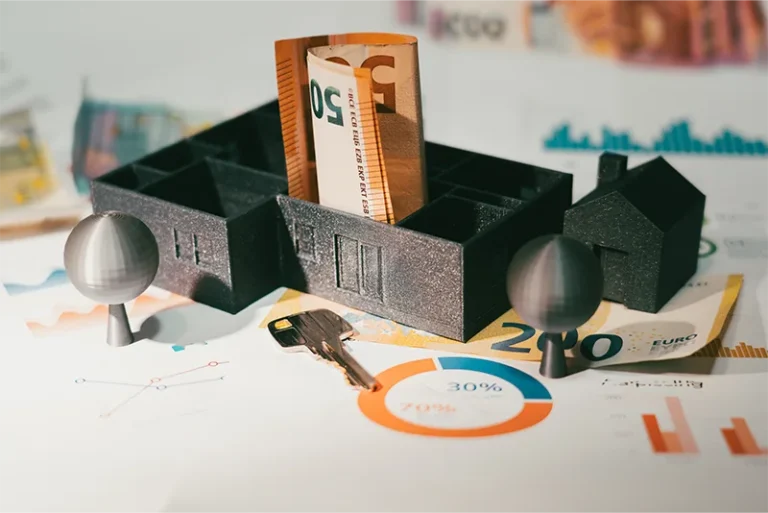
T7X
01 December, 2024
Tokenization of real-world assets (RWAs) has garnered attention for its potential to democratize access to high-value investments, enhance liquidity, and streamline asset management. However, as with any emerging technology, investing in tokenized RWAS carries inherent risks and challenges. Investors should be aware of the complexities and potential pitfalls involved to make informed decisions. Below, we outline some of the primary risks associated with RWA tokenization, covering regulatory, technical, market, and operational considerations.
The curve. Whether you're looking to streamline operations, enhance customer experiences, or explore new market opportunities, our tailored solutions are designed to empower your business to achieve unparalleled success. With a focus on sustainability, scalability, and adaptability, we help your business.
In tokenized markets, code reduces friction—but governance reduces risk. Strong controls and clear rights are as critical as liquidity.
T7X Research
Core risk areas for tokenized RWAs
Investing in tokenized assets introduces risks across regulation, technology, markets, and operations. Understanding these categories helps investors price risk and build controls before allocating capital.


Lastly, effective leadership that inspires and motivates employees, customers, and stakeholders is essential in steering the business toward achieving its full potential. By applying these lessons, businesses can unlock new opportunities, overcome obstacles, and reach new levels of success.
- Regulatory: jurisdictional treatment, transfer restrictions
- Technology: smart contract bugs, key/custody risk
- Market: liquidity, pricing transparency, volatility
- Operational: valuation, audits, data integrity
- Counterparty: issuer reliability, servicer performance
- Compliance: KYC/AML, investor eligibility controls
- Security: monitoring, audits, incident response
Conclusions
A robust approach balances innovation with risk controls. Clear disclosures, tested smart contracts, independent valuations, and strong compliance processes help mitigate the primary risk vectors while keeping investor protections front‑and‑center.




